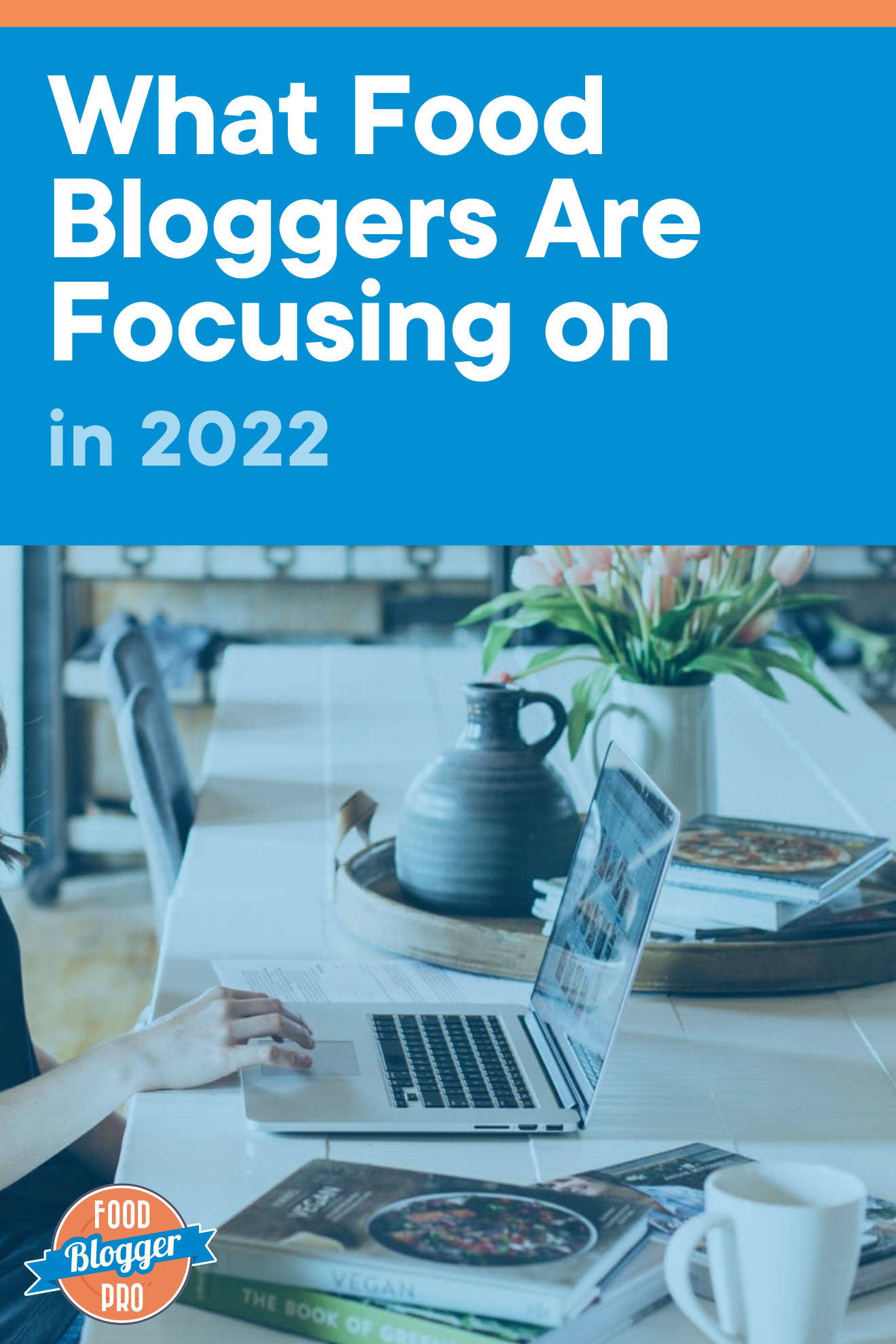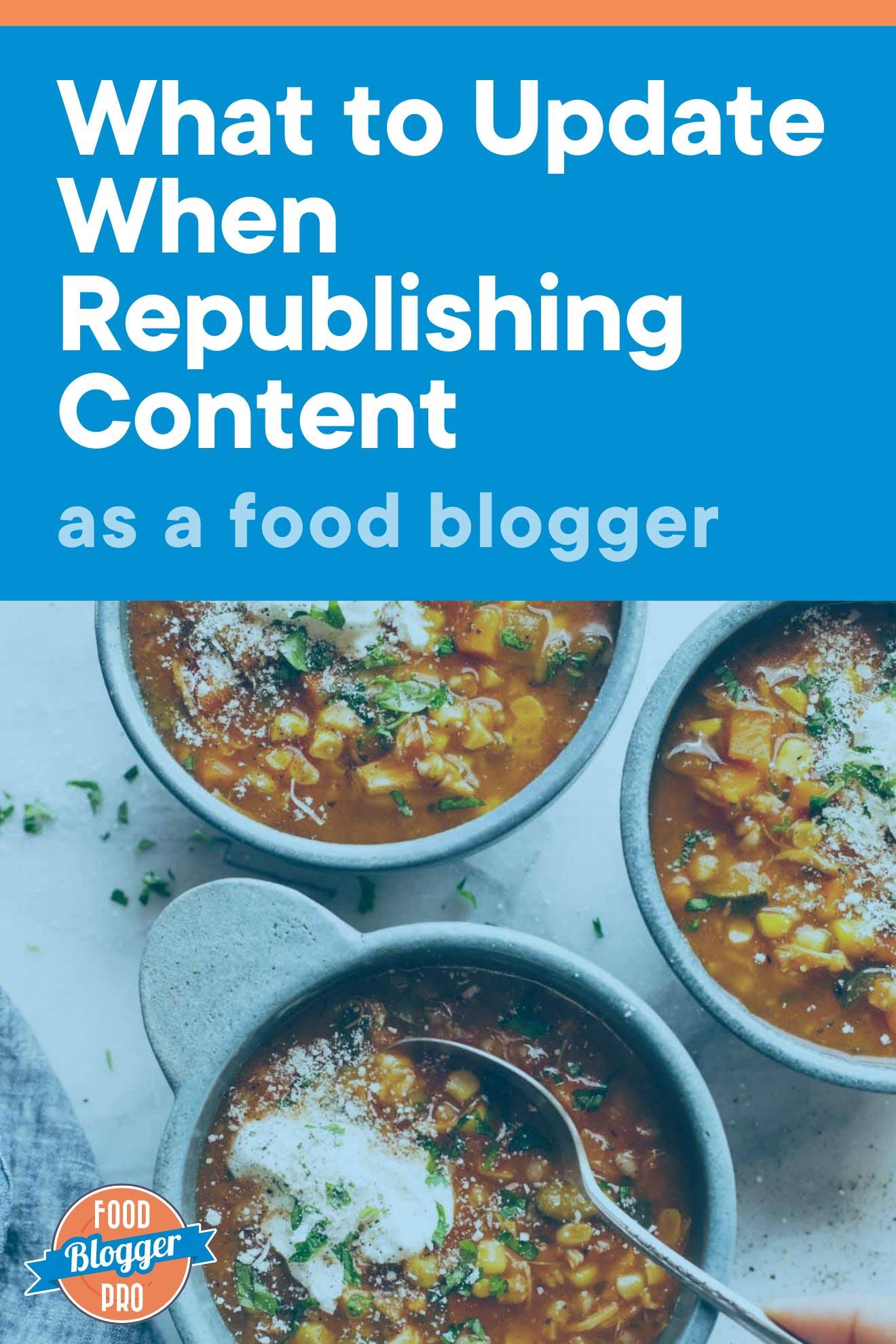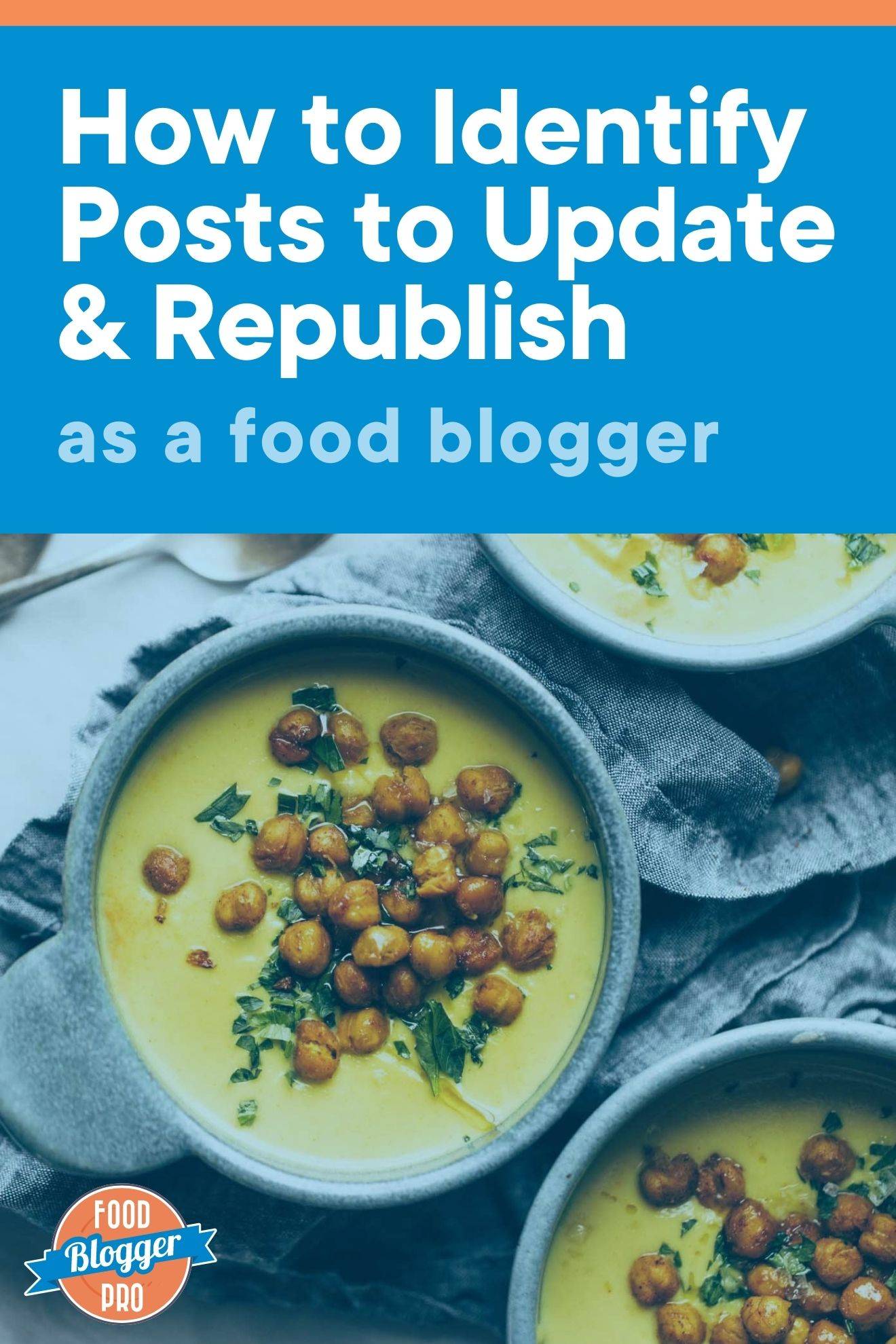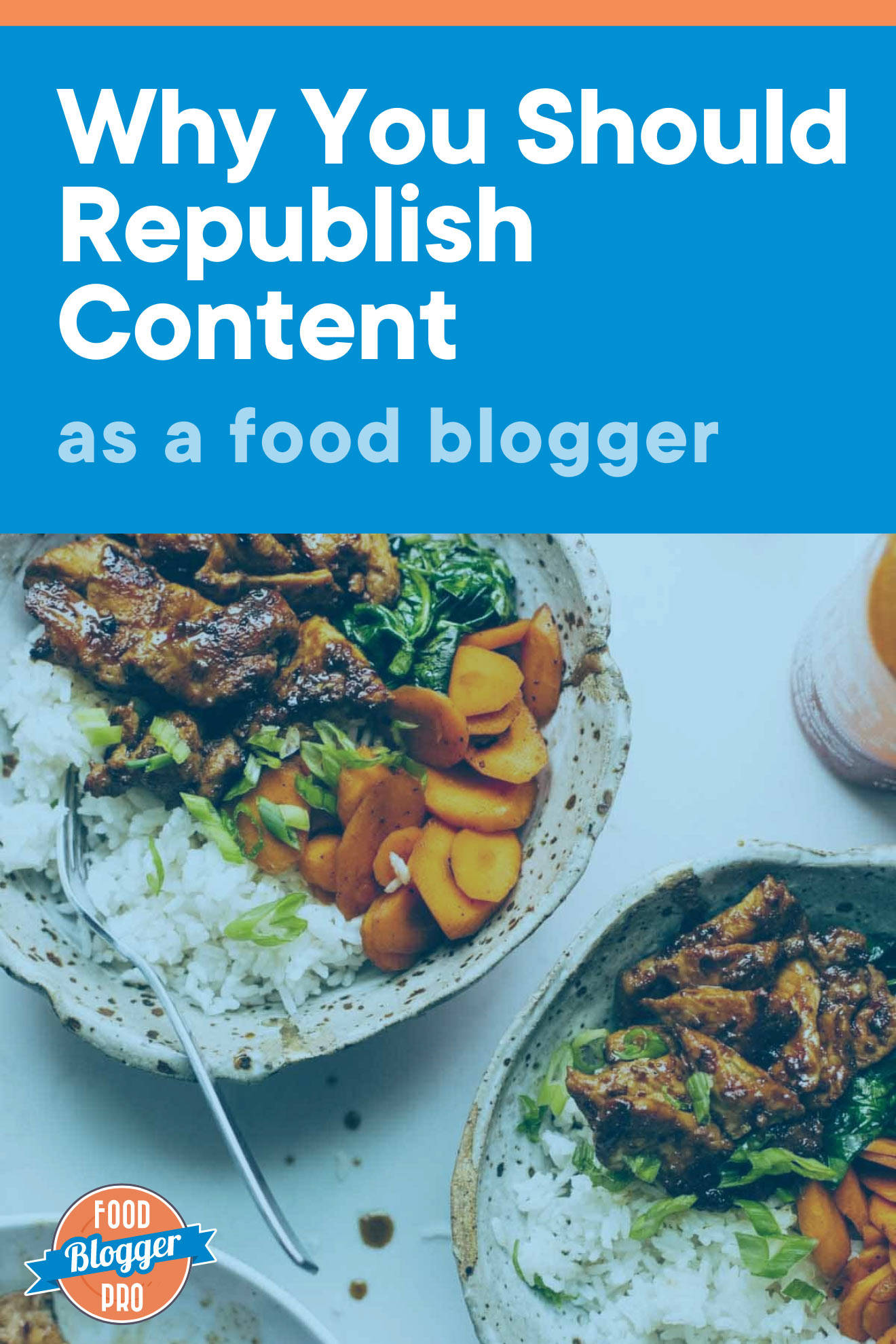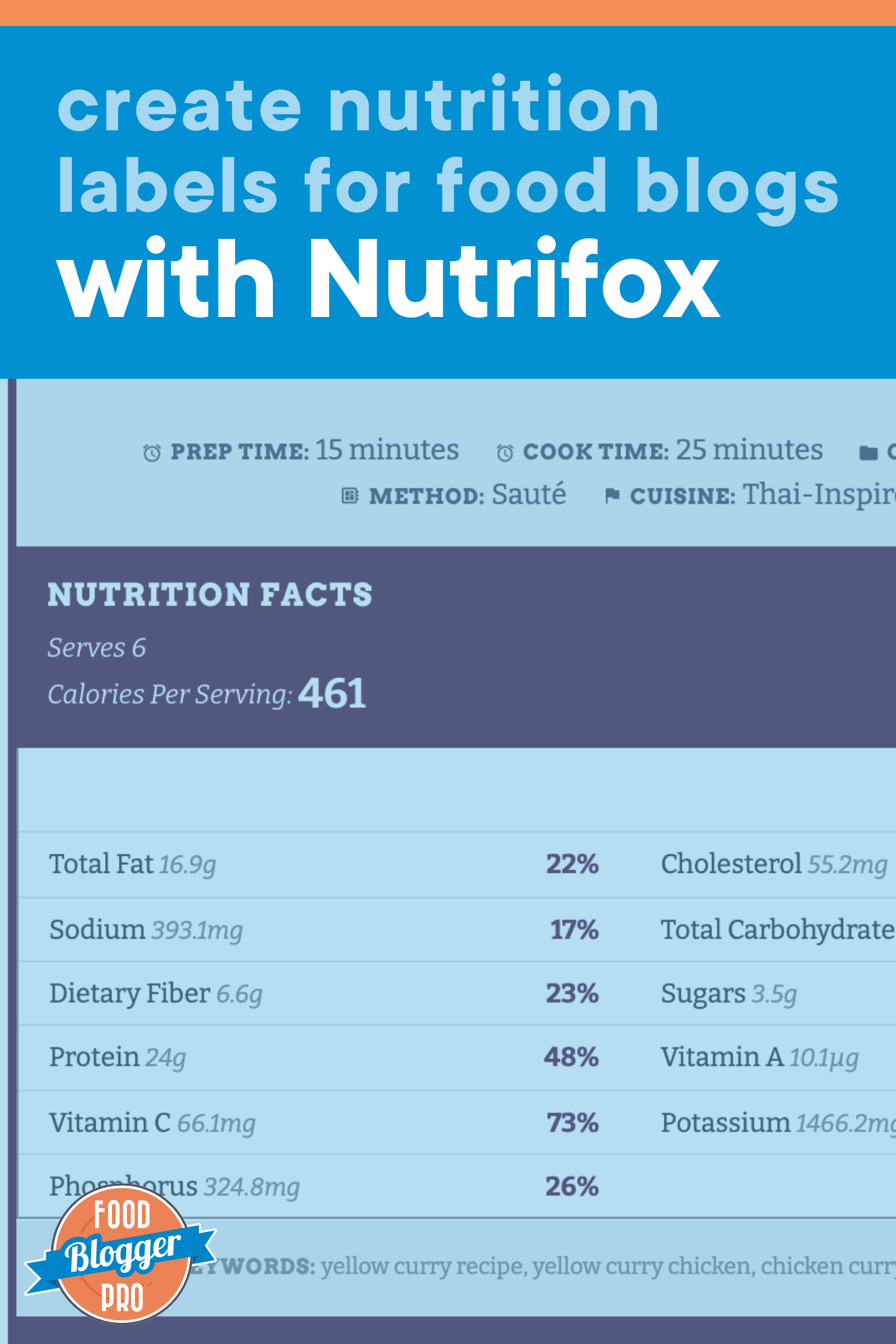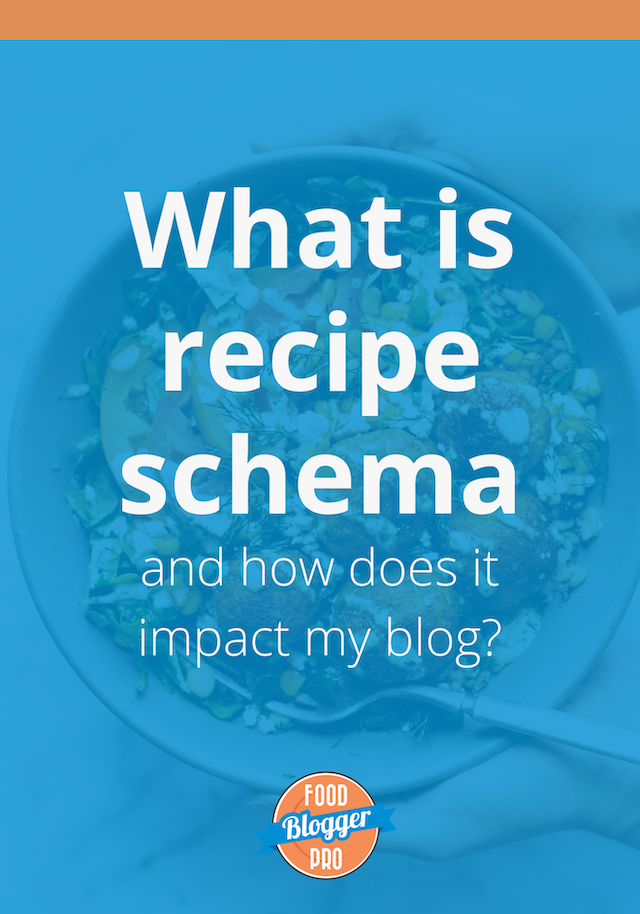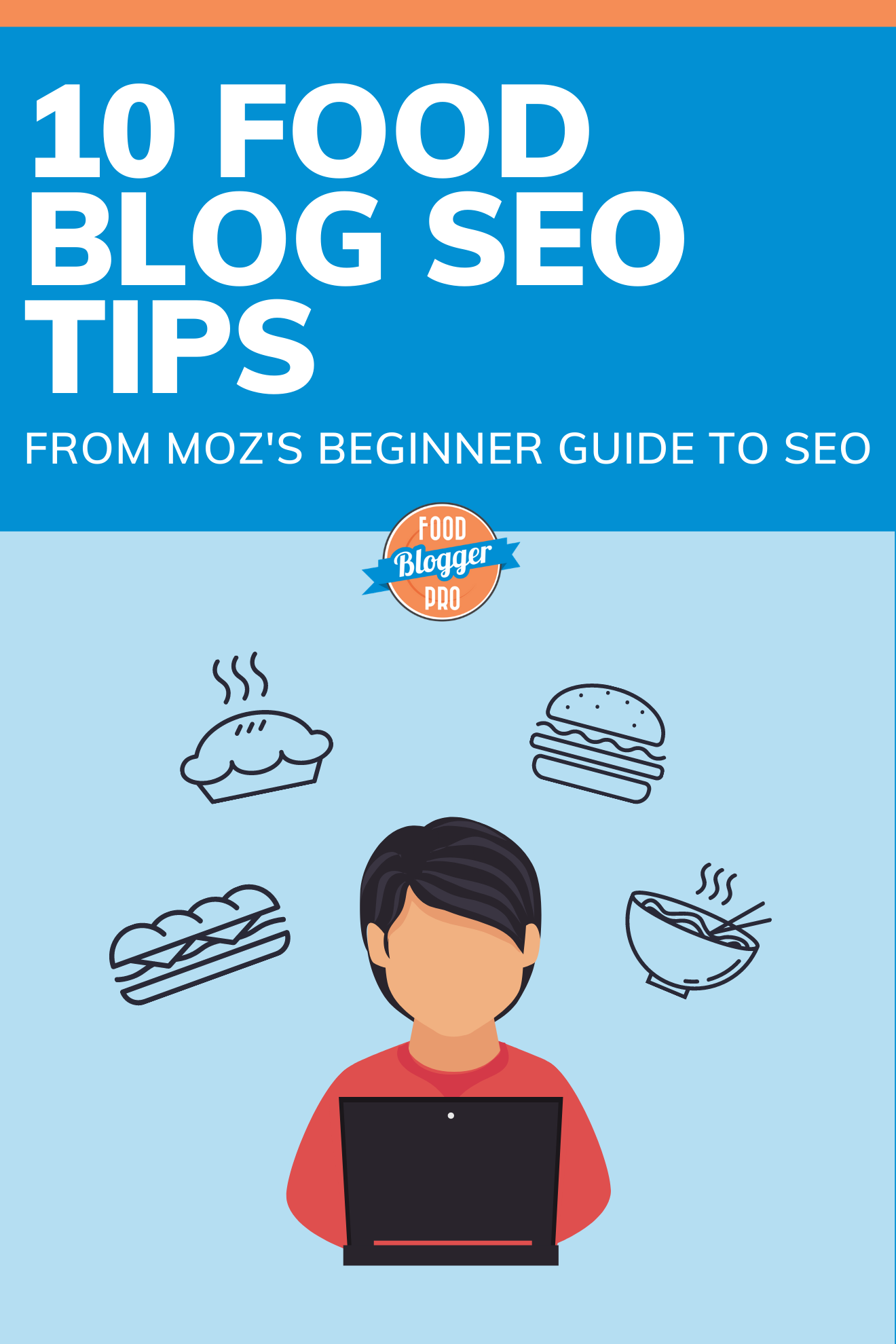
I just got off the phone with my dad. I often use the commute to the office to call home and check-in with my mom and dad. We usually chat about the news or things that we have planned for the day, which is exactly how the conversation went today.
Dad: “What do you have planned for today?”
Bjork: “I’m writing a post about SEO for food blogs.”
Dad: “SEO?”
Bjork: “Yeah, it stands for search engine optimization…”
…commence Bjork oversharing with dad about what SEO is and how it works, why it’s beneficial to bloggers, and how we go about doing it for our two sites, Pinch of Yum and Food Blogger Pro.
That little SEO soapbox moment made me realize how excited I get when I talk about SEO.
It makes sense, as search engine traffic is one of the most common ways that people discover Pinch of Yum and/or Food Blogger Pro. As the screenshots below show, SEO is an important part of our businesses.
Keep Reading

